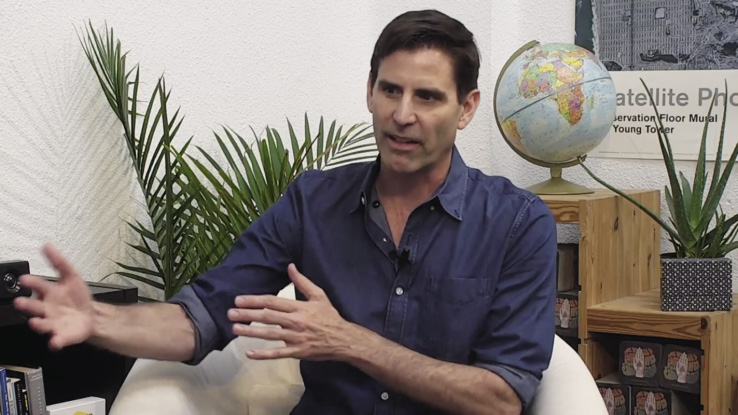Targets and mandates to reach 100% renewable electricity over the coming decades are being introduced in regions the world over, as well as incentives and requirements promoting electrification in various segments such as heating and transport.
But in many regions there is still reluctance to move away from fossil fuels and fears that the intermittent nature of wind and solar generation is likely to cause problems to regional energy supplies. In the United States, for example, blackouts caused by extreme weather in California and Texas over the past two years are still sometimes blamed on renewables, despite the analysis showing renewables were not more vulnerable than fossil-fuel infrastructure in either case.
A new study from Mark Jacobson and colleagues at Stanford University seeks to analyze grid stability across the United States based on 2050-2051 energy demand forecasts and a 100% renewable energy-powered grid. Jacobson has worked for more than a decade on modeling energy systems driven by renewables, and is a strong advocate of policies that support 100% wind, water and solar generation for all energy needs, not only in the electricity sector.
The latest study looks at meeting continuous energy demand at 30-second intervals over a two-year period, simulating six different US states with very different climate and energy profiles – Alaska, Hawaii, California, Texas, New York and Florida – as well the currently interconnected regions of the country, and the contiguous United States as a whole.
Full details of the study are found in the paper Zero air pollution and zero carbon from all energy at low cost and without blackouts in variable weather throughout the U.S. with 100% wind-water-solar and storage, published in Renewable Energy. The group modelled scenarios involving the massive scale up of offshore and onshore wind, rooftop and ground mount PV and concentrated solar power, as well some new geothermal plants, but only already existing hydroelectric generation.
The study suggests that such a system would avoid blackouts or grid instabilities thanks to a number of reasons – partly that the system would reduce energy demand by up to 60%, partly that, as previous studies have shown, wind and solar tend to complement each other in terms of availability at different times – both daily and seasonally. And finally, additional roles for energy storage and demand response fill the gaps when there is little availability of wind or solar.
Cost and land use benefits
In addition to stability, the study found the same system would result in a 63% reduction in energy costs across the United States, and a reduction in required land use from 1.3% of U.S. land currently occupied by fossil fuel operations to 0.84% needed for electricity infrastructure in a 100% renewables scenario.
The cost for implementing such a transition is estimated at between $9 trillion and $11 trillion, depending on the level of interconnection between regions. The study’s authors estimate that based on the energy cost savings alone, this investment could be paid back in as little as five years. It also estimates that this energy transition would create close to 5 million more permanent jobs than it would lose, and the cleaner air and fewer pollution-related illnesses would prevent more than 50,000 deaths per year and save around $700 billion annually in health costs.
Smart storage
While the study mentions seasonal heat storage to meet demand in colder climates, it finds that no long-term electricity storage would be needed to keep the U.S. grid running. They note the strategy of connecting short-duration batteries in succession can provide longer-term storage, and can be discharged simultaneously to deal with strong demand peaks. “In other words, short-duration batteries can be used for both big peaks in demand for short periods and lower peaks for a long period or anything in-between,” said Jacobson.
“There is so much to be gained if we can gather the willpower to undertake the transition at a pace fitting the urgency of reaching a zero-carbon system,” added co-author Anna-Katharina von Krauland, a PhD student in civil and environmental engineering at Stanford. “I suspect that these ideas, which might sound radical now, will soon become obvious in hindsight.”
This content is protected by copyright and may not be reused. If you want to cooperate with us and would like to reuse some of our content, please contact: editors@pv-magazine.com.




4 comments
By submitting this form you agree to pv magazine using your data for the purposes of publishing your comment.
Your personal data will only be disclosed or otherwise transmitted to third parties for the purposes of spam filtering or if this is necessary for technical maintenance of the website. Any other transfer to third parties will not take place unless this is justified on the basis of applicable data protection regulations or if pv magazine is legally obliged to do so.
You may revoke this consent at any time with effect for the future, in which case your personal data will be deleted immediately. Otherwise, your data will be deleted if pv magazine has processed your request or the purpose of data storage is fulfilled.
Further information on data privacy can be found in our Data Protection Policy.